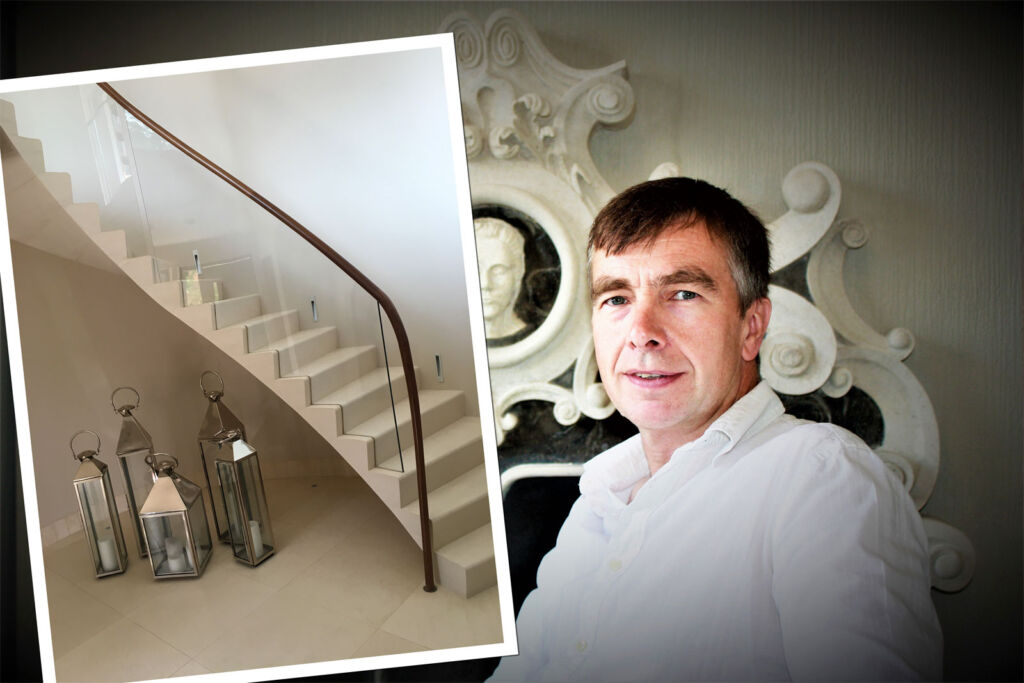
There’s no doubt that stone creates an immediate impact and presence. For this interview, we meet up with Ian Knapper, one of the country’s foremost experts in the field of stone carving, to uncover everything you’ve always wanted to know about introducing this iconic material into the home.
The use of carved stone in iconic historical buildings going back hundreds, if not thousands of years and remains a symbol of their status, grandeur and solidity. In fact, a master stonemason is one of the oldest known professions!
Today, whether to replace an existing historic staircase or to create a modern contemporary flight for a new build, the skilled masons at Ian Knapper continue to design and create stunning flights of stairs across the UK for country houses, to the most elaborate London townhouses.
Whether for the Rich and famous, or just for those with their heart set on the impact from an imposing stone flight of stairs, the ancient skills of masonry are still very much alive today.
Having been through renovations and builds, I wanted to take some time out to explore the modern world of stone, so gained exclusive access to Ian Knapper himself, one of the UK’s most respected stonemasons, to cut through our questions about what is involved in creating these stunning centrepieces.
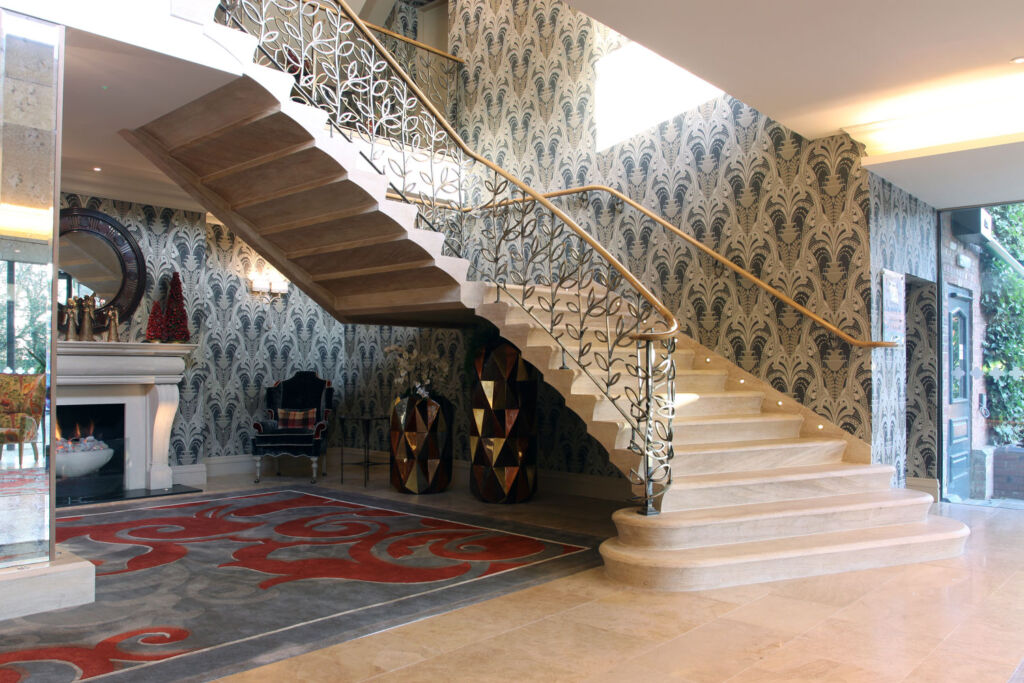
Luxurious Magazine: Do you need to strengthen the house to take a stone staircase?
Ian Knapper: A stone staircase can look stunning, whether in a traditional historic or ultra-modern newbuild. Regardless of the building, it is going into, it is important to look at the structural requirements to take the additional load that comes with solid stone.
With any sold stone staircase, the majority of the load is carried at the bottom of the flight. Some houses will be able to take this with their existing infrastructure, with minimal accommodating work, others will need more work to strengthen the building.
It is important to remember, there are always ways to strengthen buildings, so no project is impossible.
If additional support is required, then this normally comes in the form of a foundation pad or additional reinforcement under the bottom-most tread. This is all determined by the architect or building engineer working with a stone stair specialist who will advise and manage the building requirements process.
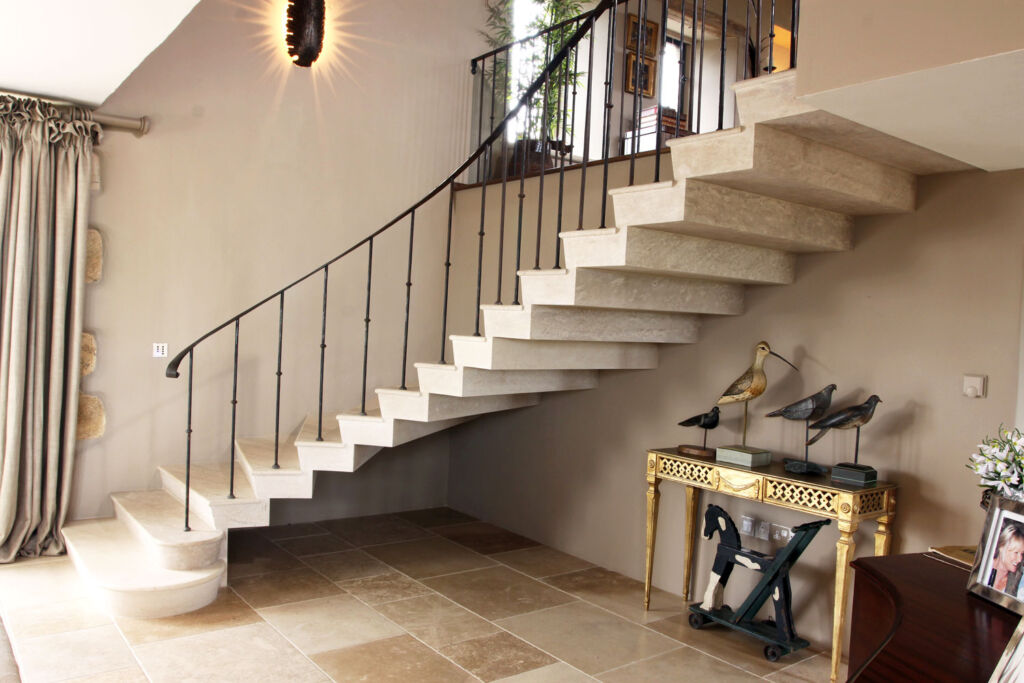
LM: How much does a stone staircase cost?
IK: This is a difficult one to put an exact figure on, as it depends on the design, size, type of stone, and any design feature that the project requires. However, if you are considering a good quality stone staircase, then you’ll be looking in the region of £30,000 upwards.
LM: Is a stone staircase non-slip?
IK: On the whole, honed stone has very good slip resistance qualities. For smoother marbles, there are non-slip treatments that can be added, so just make it clear to the team working on the project, and they can advise the best course of action.
LM: How long does it take to design, build and install a stone staircase?
IK: Like many things, this will depend on the complexity and scale of the project. Typically, from start to finish a project takes in the region of 14-20 weeks; however, this could be longer depending on the material availability.
For particularly rare stones, you can add months onto the timescales. It is always advisable to plan ahead so that it can be scheduled with any other work on the property.
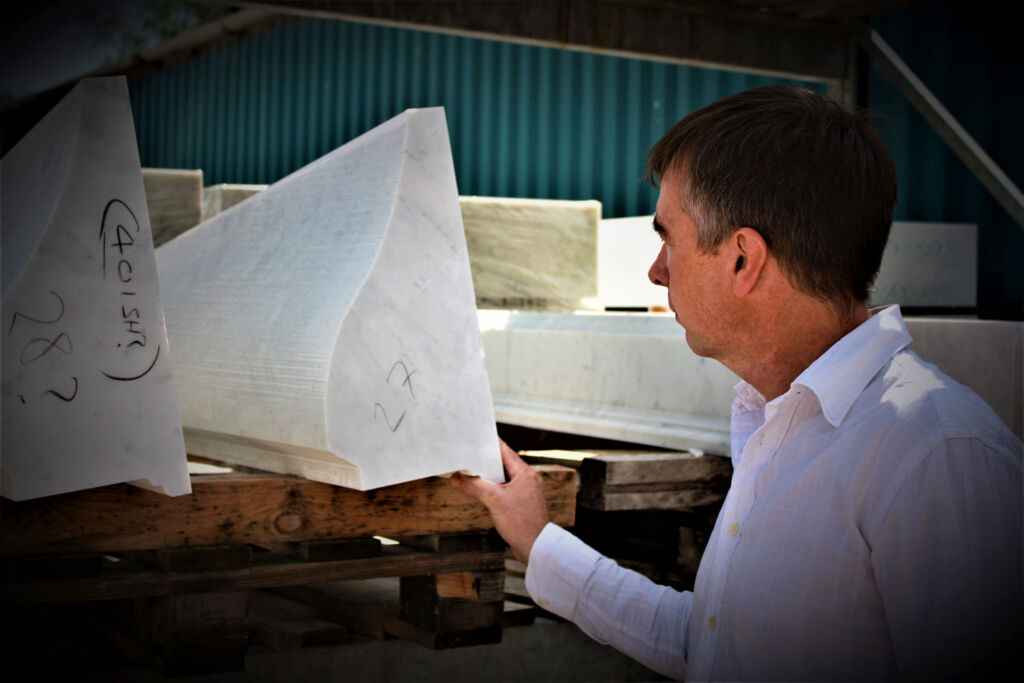
LM: What sort of stone can you have?
IK: The stone used for staircases needs to have a certain amount of strength and be commercially available in sizes large enough to make the required sections for the staircase. After that, it’s a very broad spectrum of stones that can be used. The most popular stones for solid stone staircases tend to be limestones & marble.
There is quite a large demand for neutral, off white limestones probably down to their subtlety and they will often work with most types of décor or colour scheme. Marbles tend to have more pattern and colour; they are incredibly beautiful and look amazing in the right setting.
LM: How much flexibility is there in the design?
IK: A staircase, however architectural or embellished, must primarily serve a purpose getting you from one floor to another. It also must meet Building Regulations and be built within the building’s structural parameters. Other than that, there is a huge amount of design input we can have that changes the look and feel of a staircase from modern to traditional.
We look at everything from the tread profiles, sweeps, and curves to make the stair bespoke and beautiful – not to mention the accessories like the balustrade and handrails which can really enhance the design.
LM: How do you maintain/clean a stone staircase?
IK: Generally, a stone staircase maintenance is as simple as it comes. All it requires is to be sponged or mopped as often as you would a stone floor. The staircase would be sealed after installation, and a specialist cleaning product added to water makes the process straight forward.
LM: Do you need any special planning permissions, party wall agreements, inspections?
IK: If the stone treads are set into an adjacent wall (which is the most common form of stone stair construction), and you are joined to a neighbouring property, then it’s likely that a party wall agreement will be required.
New stairs in listed buildings also require permission as with any alterations. Other than that, there should be little in the way of restrictions or permissions.
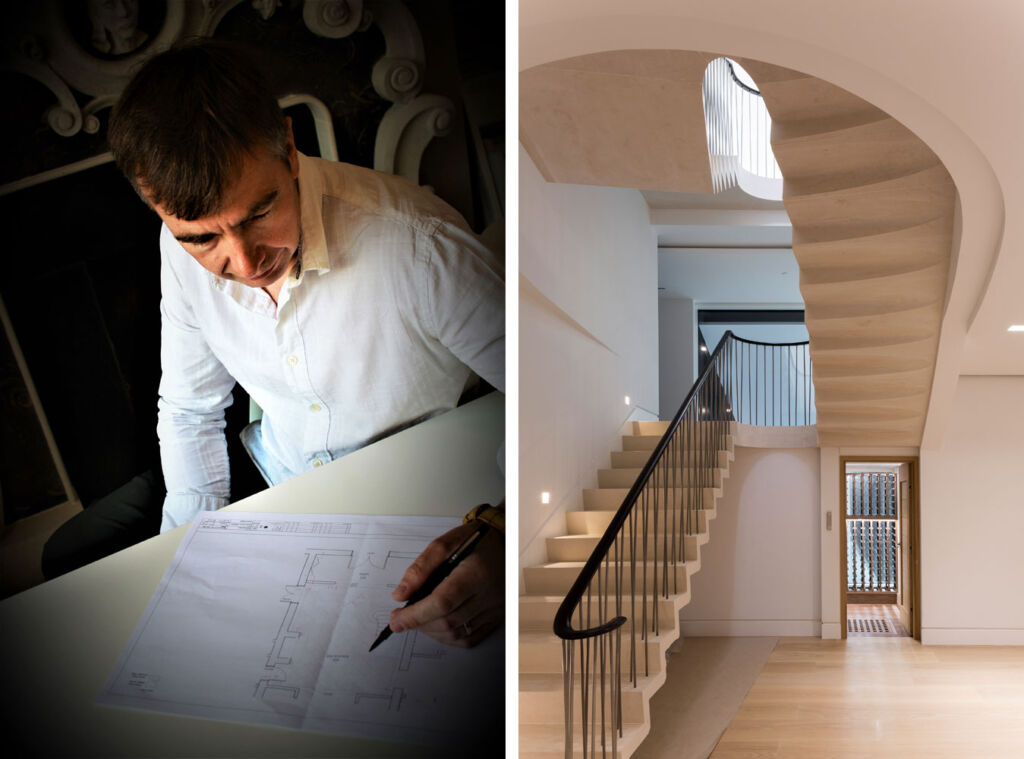
LM: Do you need an architect to have a stone staircase?
IK: Not necessarily, an architect may help in the process, if doing a new build or remodelling an existing property, however a stone staircase specialist with experience should be able to plan and install a stone staircase without an architects’ input.
With everything weighed up and having replaced my jaw which dropped to the floor when looking at the spectacular staircases on Ian Knapper’s website, the ability to take a million-year-old natural material and transform it into contemporary stone staircases is as much art as it is building technique.
Having been inspired by my meeting with Ian, I for one, will be seriously looking into bringing stone into my next project.
To find out more about stone staircases, and see what the experts are able to create, visit www.ianknapper.com to find out more.
Read more exclusive interviews in our dedicated section here.
![]()

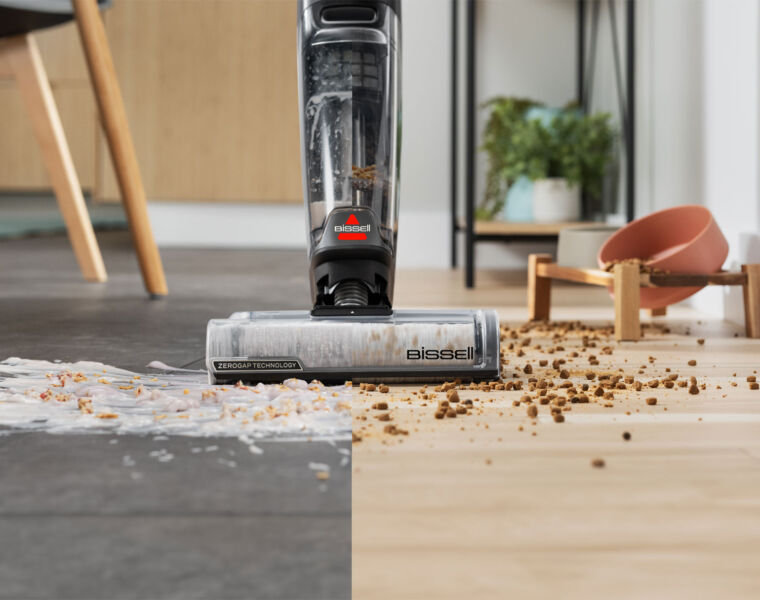
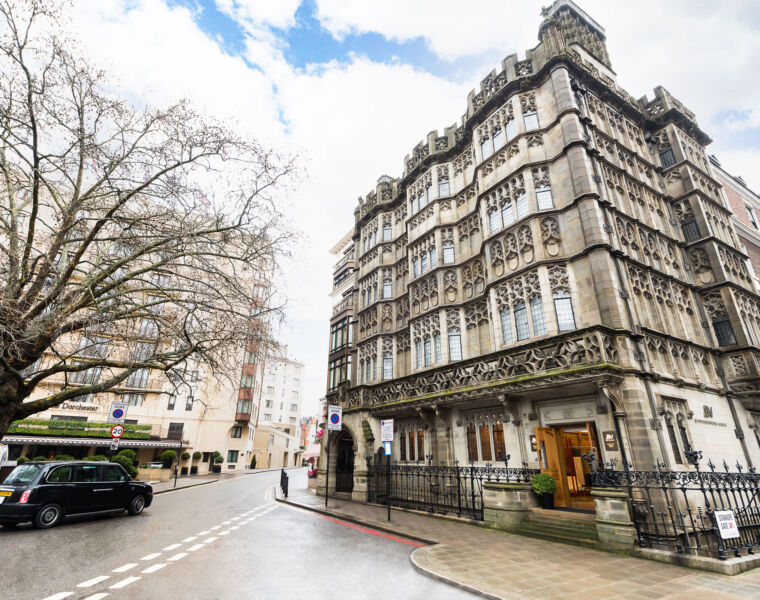
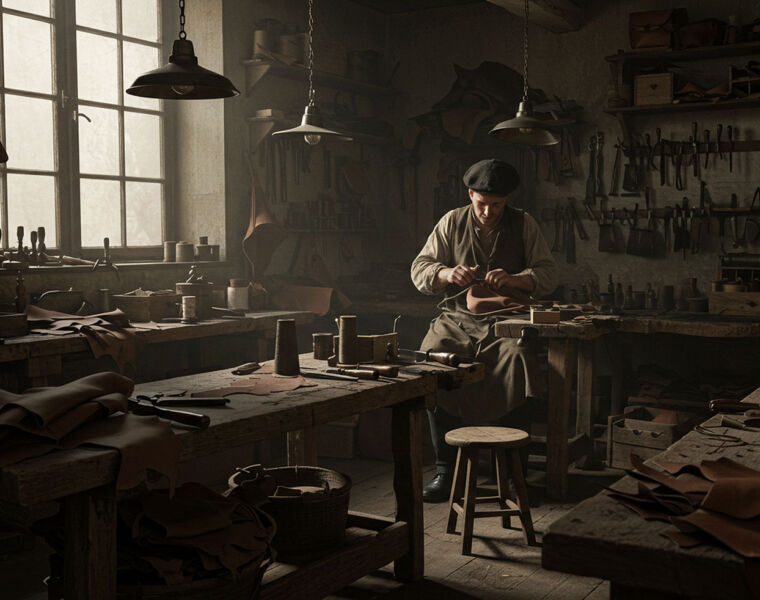
You must be logged in to post a comment.